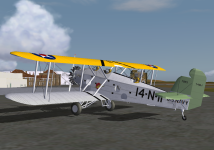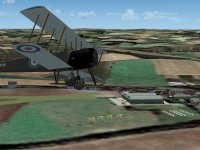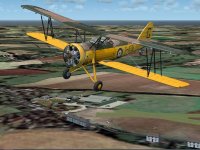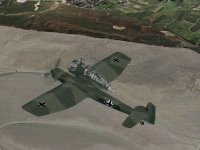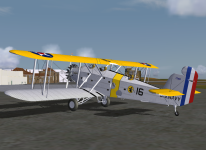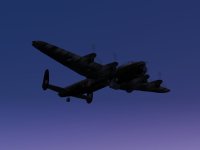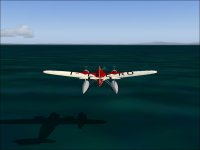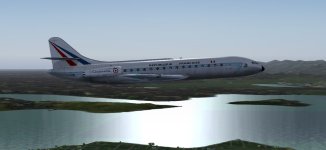Mick
SOH-CM-2025
Slightly Delayed
I said a week ago that I was about ready to upload my revision of the old T4M Torpedo Truck as soon as I checked the new skins for errors. I only found one thing I wasn't satisfied with - the base color. As usual, aluminized silver paint and dope gave me fits! I was pretty happy with the silver I used on Alan's Grasshoppers so I used it on the T4M, but after looking at it on the T4M I wasn't pleased at all. It just didn't look as good on that model. So I changed it. Due to a shortage of hobby time it's taken me a week to rework all the skins for the plane on wheels, but they're finished. Now I just have to rework the skins for the floatplane. There aren't nearly so many so it shouldn't take so long, unless real world matters keep stealing my hobby time.
Anyway, here's a preview:
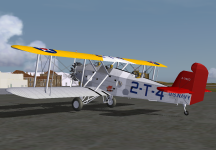
I said a week ago that I was about ready to upload my revision of the old T4M Torpedo Truck as soon as I checked the new skins for errors. I only found one thing I wasn't satisfied with - the base color. As usual, aluminized silver paint and dope gave me fits! I was pretty happy with the silver I used on Alan's Grasshoppers so I used it on the T4M, but after looking at it on the T4M I wasn't pleased at all. It just didn't look as good on that model. So I changed it. Due to a shortage of hobby time it's taken me a week to rework all the skins for the plane on wheels, but they're finished. Now I just have to rework the skins for the floatplane. There aren't nearly so many so it shouldn't take so long, unless real world matters keep stealing my hobby time.
Anyway, here's a preview:


 You've always had the yellow wing color exact.
You've always had the yellow wing color exact.
